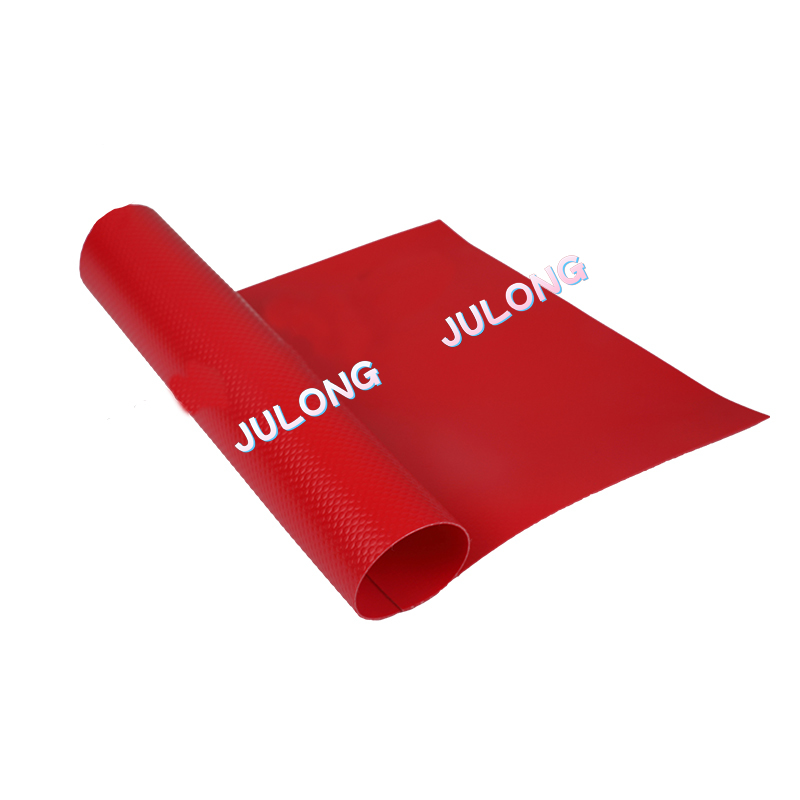Architectural membranes are versatile materials used in a wide range of applications due to their flexibility, durability, and aesthetic appeal. Here are some of the typical applications:
1. Roofing:
Tensile Membrane Roofs: Used for large-span structures like stadiums, sports arenas, and exhibition halls. The tensile properties allow for lightweight, durable roofing solutions.
Green Roofs: Some membranes are used in green roofing systems for waterproofing and root protection.
Temporary Roofing: Ideal for temporary structures such as event tents and temporary shelters.
2. Façades:
Building Facades: Used as exterior cladding to create visually striking building envelopes that can also improve energy efficiency and reduce glare.
Shading Systems: Membranes can be integrated into shading systems to control light and heat entering a building.
Acoustic Facades: Special membranes can be used to enhance sound insulation for building facades.
3. Canopies and Awnings:
Entrance Canopies: Provide shelter at building entrances while enhancing the aesthetic appeal.
Walkway Coverings: Used to cover pedestrian walkways, offering protection from the elements.
Shade Structures: Commonly used in parks, playgrounds, and outdoor seating areas to provide shade.

4. Tensile Structures:
Pavilions: Used in public spaces, parks, and gardens to create functional and attractive pavilions.
Exhibition Halls: Large-span tensile structures are ideal for exhibition spaces that require open, unobstructed interiors.
Amphitheaters and Outdoor Stages: Provide weather protection and acoustic benefits for outdoor performance venues.
5. Interior Applications:
Ceiling Membranes: Used in large interior spaces to improve acoustics and aesthetics.
Interior Dividers: Flexible partitions that can be used to divide spaces within a building without the need for permanent walls.
6. Transportation and Infrastructure:
Airport Terminals: Used in the roofing and façade systems of airport terminals for their durability and aesthetic qualities.
Bus Shelters and Train Stations: Provide protection from the weather while maintaining a modern, sleek appearance.
7. Sports Facilities:
Stadiums and Arenas: Membranes are used for roofing and covering stands, providing lightweight and durable solutions for large-span requirements.
Swimming Pools: Used to cover swimming pools, providing UV protection and reducing maintenance costs.
8. Event Structures:
Temporary Event Tents: Quick to install and remove, making them ideal for temporary events like trade shows, festivals, and weddings.
Stage Covers: Provide weather protection and improved acoustics for outdoor stages.
9. Environmental Control:
Greenhouses: Special membranes can be used to cover greenhouses, providing UV protection while allowing light penetration.
Climate Control Enclosures: Used in agriculture and industry to create controlled environments.
10. Art Installations:
Public Art: Used in sculptures and installations to create striking visual effects and interactive public art.
Light Installations: Membranes can be used with integrated lighting systems to create illuminated structures and art pieces.


 English
English عربى
عربى







